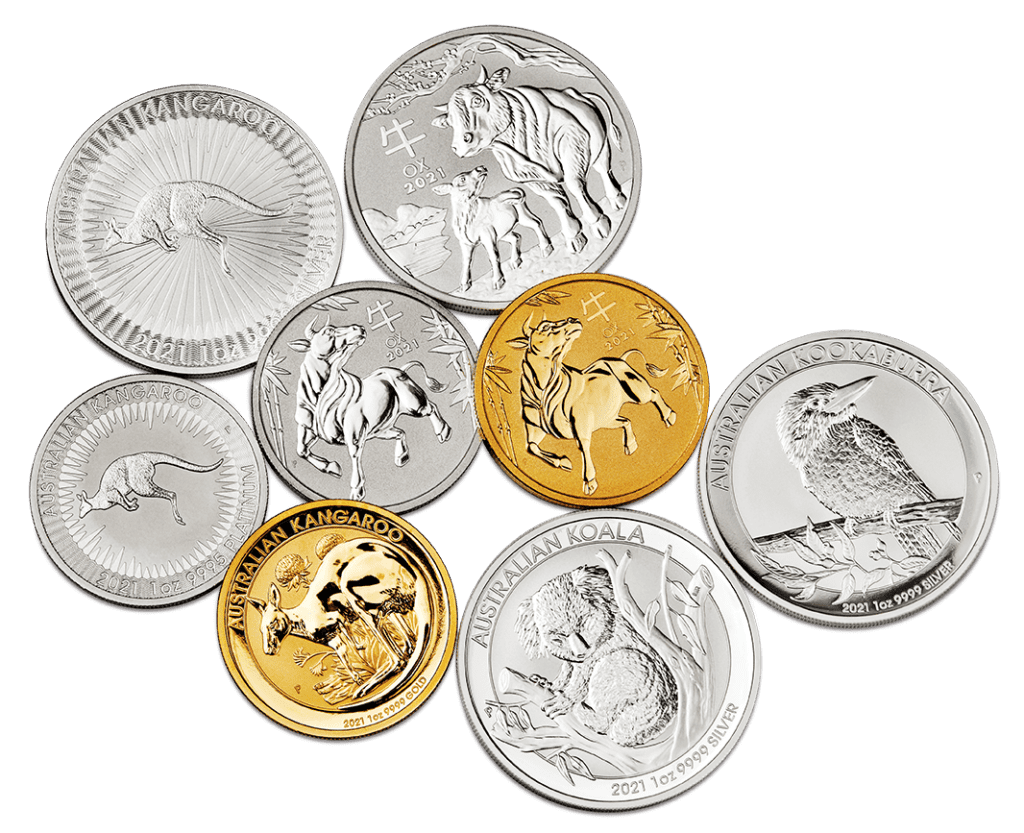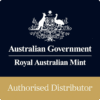Unfortunately, the average investor cannot buy bullion at the spot price, as all bullion products have a cost basis above spot that must be covered before any margin can be made by that refinery or mint. To explain further, let’s cover an explanation of what the ‘spot price’ is:
The “spot price” refers to the price in which a commodity or precious metal is trading for immediate delivery in a given market, which differs to a ‘futures’ price which has a future delivery date. The spot price in New York for gold or silver may differ slightly to the spot price in London or Sydney given the differences in location and supply and demand at the time in those markets. Generally, the ‘spot price’ of gold and silver most commonly quoted online would be the ‘loco New York spot price’ which is a representation of where buyers and sellers currently meet in the wholesale market between large banks, miners and refineries, for immediate delivery in New York.
You can think of the spot price as the ‘wholesale’ bullion market price where very large players are currently bidding and offering gold in very large quantities. A refinery buying 1,000 kilograms of gold from a miner may be able to buy that gold at the spot price. But this is a very large volume, and perhaps for semi-refined metal containing other alloys.
 Some examples of when gold might be traded at spot:
Some examples of when gold might be traded at spot:
- A miner is selling 500 kilograms of 80% gold dore to an LBMA
- A large international bank is purchasing a very large amount of 1kg 99.99% bars from a market which has excess supply, and a seller willing to sell flat at spot to liquidate a holding.
- A buyer on Shanghai Gold Exchange purchases significant volumes during a time where local premiums are reduced or at a discount to New York spot.
All investment grade retail bullion prices on the other hand, incorporate a ‘premium’ above spot, which includes the costs associated with refining or minting that specific item from a larger amount of gold or silver. All refineries have staffing, equipment and energy costs that add to the premium that needs to be charged in order to have a small profit margin. So even what would seem a large purchase of retail bullion, such as $10 million in one transaction, will always be traded with a premium above spot. In those cases, the premium is less than 1%, but it is still slightly above spot to cover the dealers’ costs of running a business.
So, unless you’re an international bullion bank or large refinery you can never buy gold or silver at the spot price. Unfortunately, there will always be a premium you must pay to your bullion dealer and investors should look for the lowest premiums possible and calculate a per ounce premium to compare between bars and coins.
If you are trying to work out your actual buying price in per ounce terms, just remember, there are 32,15 troy ounces per kilo. Generally speaking, bars are far cheaper than coins, and the larger the bar the lower the premium over spot.
To find out the best bullion prices available, firstly calculate the per ounce price that you will be paying. All of our prices listed online include the freight and insurance costs to get the metal to our Sydney and Melbourne Guardian Vaults facilities.

 Some examples of when gold might be traded at spot:
Some examples of when gold might be traded at spot:
